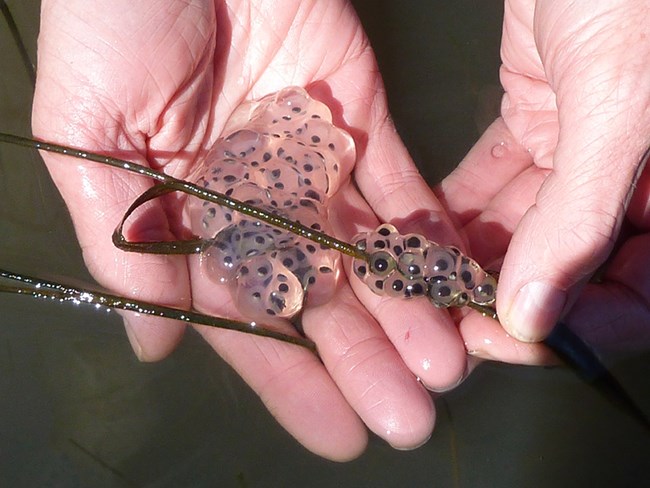Amphibians are the connection between the water-dwelling species and land-dwelling mammals. They have been the connecting chain in the process of evolution. There are different types of amphibians like toads, frogs, salamanders, and newts, which are born as marine-based animals but grow up to become land-based species. Here are seven facts about amphibians for your quick knowledge.
There are three main kinds
The amphibians belong to either of the three kinds of families – frogs and toads, salamanders and newts, and caecilians. There are more around 6,000 species of frogs and toads globally, but only one-tenth of salamanders and newts and even fewer caecilians.
Frogs go through metamorphosis
The frogs have their evolutionary position between fishes and fully terrestrial vertebrates. They lay eggs in water and then tadpoles hatch from them which stay in the water until they start developing legs and lungs, and shed their tails and gills. This process is called metamorphosis, which makes them come on the land and walk and breathe.
Amphibians live near water
Amphibian is a Greek word which means ‘both kinds of life’. They lay their eggs in water and need a steady supply of moisture to survive. They are only found near water or damp areas as they cannot survive without water at some point. You can find them near the streams, forests, bogs, and swamps.

Their skin is permeable
The reason why amphibians live near water is that they have a permeable skin which dries up pretty easily in hot temperatures if they are not near water. They constantly secrete mucus through their pores to keep themselves moist. They can also secrete toxic chemicals which can be as dangerous as killing humans in some species.
Amphibians descend from lobe-finned fish
According to the past studies, around 400 million years ago, a lobe-finned fish stepped out of the water and went on to produce the first descendants that are still alive. They had four limbs and five-toed feet which was set as the base for vertebrate evolution.
Amphibians ruled the earth at some time
From the time of the Carboniferous period that was around 350 million years ago to the end of the Permian period, the amphibians were the dominant terrestrial creatures of the animals on earth. It was only with further evolution that reptiles and dinosaurs took over. The largest amphibians were big-headed Eryops which were about six feet long and weighed around 200 pounds.

They swallow their food whole
Amphibians do not have the ability to chew their food as they are poorly equipped with dental parts. They only have the vomerine teeth, which help them to hold their wriggling prey. They usually use their long sticky tongues to snag their meals. They take time to swallow their prey by constantly jerking their head forward in order to stuff the prey inside.

